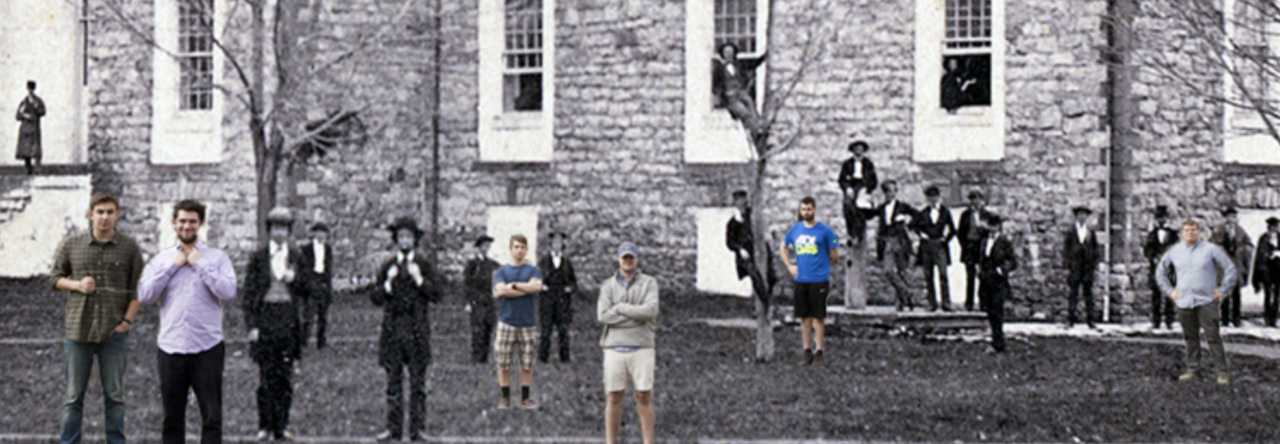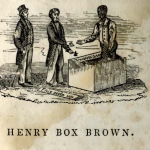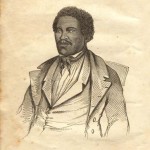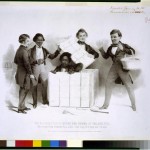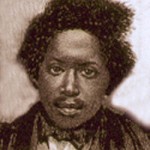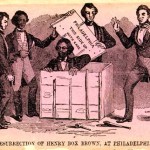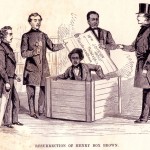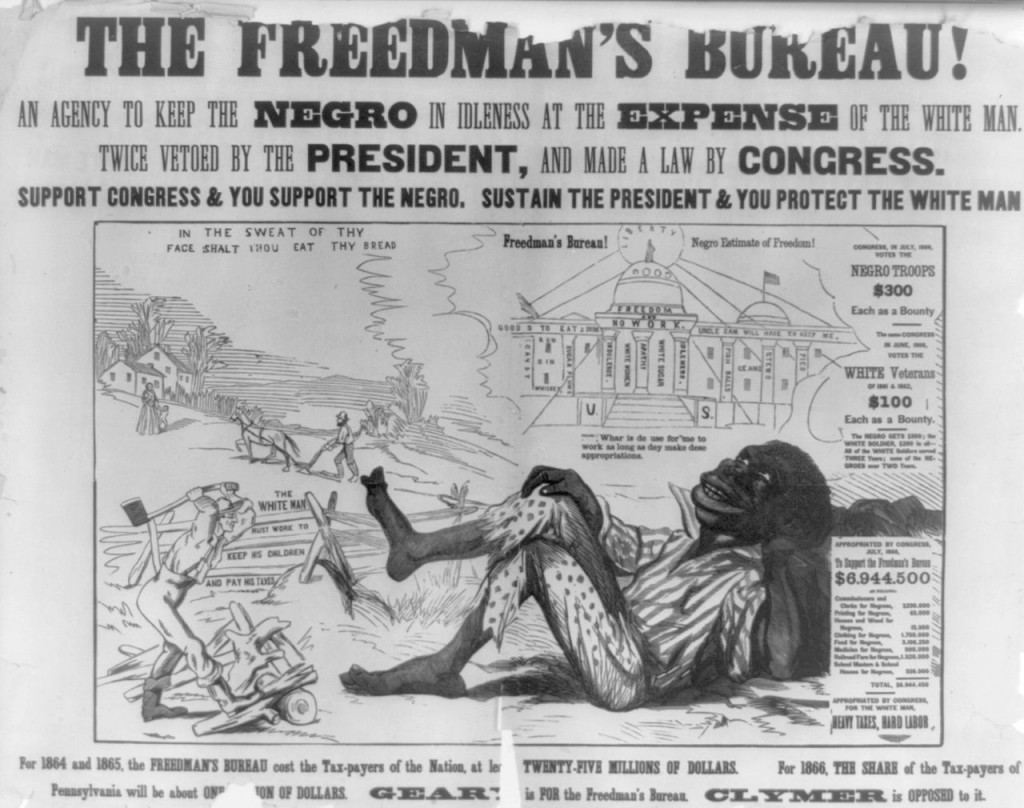Which usage was more common during the Civil War itself: Confederates or Rebels? Which usage is more appropriate today? The answer to those questions require some careful thinking about evidence and perspective.
One way to test that proposition is by using an online tool from Google known as the Ngram Viewer. This resource allows users to chart the appearance of words in over 15 million printed books and pamphlets that have appeared since the 16th century. If you narrow the search to the period 1861-1865 and enter the terms Confederates and Rebels (case sensitive) separated by a comma (and with the smoothing function reduced to zero), you might get a sense of one possible answer (see image below).
Or you might try searching the Collected Works of Abraham Lincoln to see how he used the terms. During the war, his writings included 160 references to “rebels” and only about twenty references to “confederates.”
Perhaps the most fruitful way to answer this question would be to create a series of visualizations from various digitized historical newspapers. Of course, that idea is quite ambitious. It appears for now at least that nobody has yet attempted to do this. However, the New York Times Disunion series contains an excellent post from a professor and student at Gettysburg College that addresses an aspect of this issue in a thought-provoking way. Professor Scott Hancock and undergraduate student Alexandra Milano wrote about the “Real Rebels of the Civil War” in October 2013. Their post is worth reading for anyone interested in how the use of words can dramatically affect the interpretations of actions.
